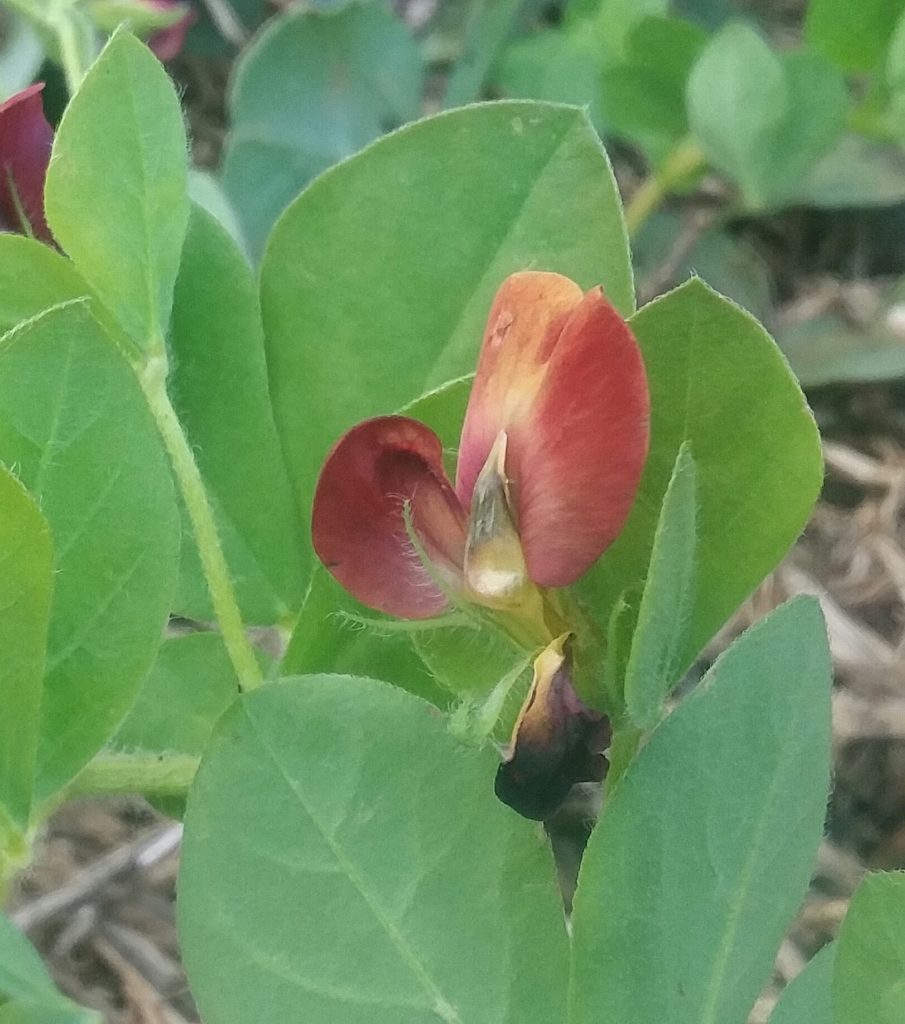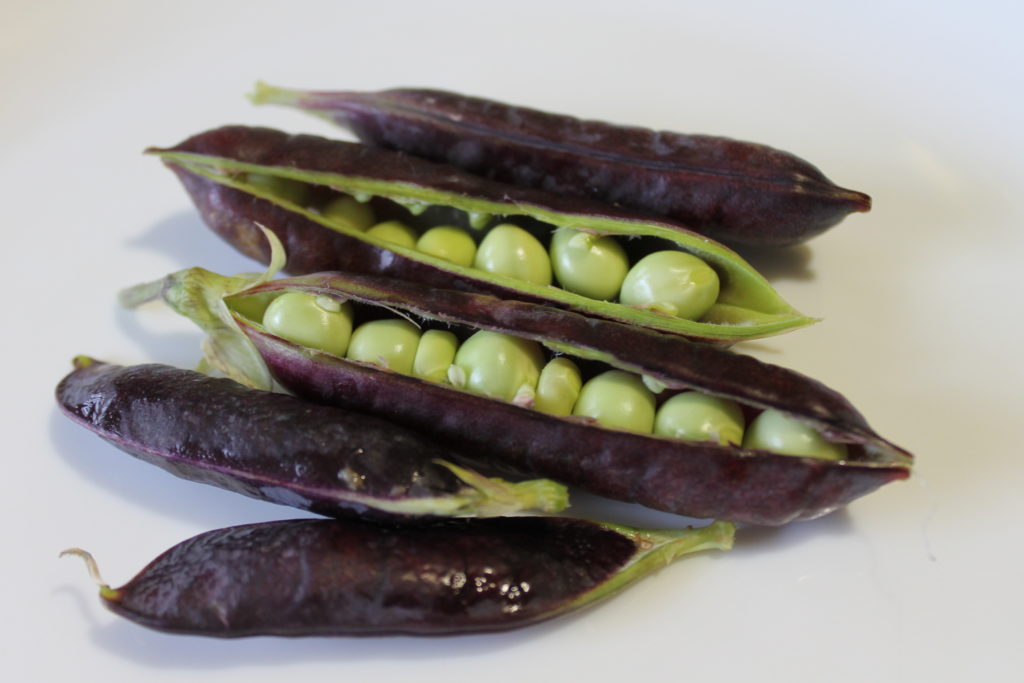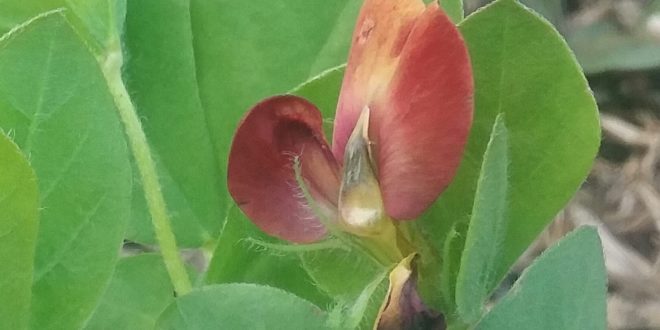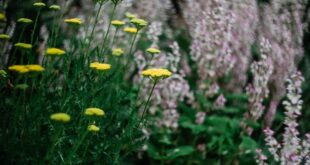 (Note – there is a ban on growing peas in some parts of the country. For more information, contact MPI (Ministry of Primary Industries).
(Note – there is a ban on growing peas in some parts of the country. For more information, contact MPI (Ministry of Primary Industries).
With the move toward smaller sections, many gardeners are now growing their vegetables alongside their roses and other ornamentals – and the results are stunning! To get you started in this fun, space-saving way of doing things, we have four vegetable plants with blooms (and pods) that are so attractive they won’t look out of place in your flower garden!
Yellow snow peas
Snow peas aren’t new on the gardening radar although there are still many who haven’t tried growing them. A pea with a flat, edible pod, snow peas are traditionally associated with Asian cuisine but are also delicious in salads or on a platter of Crudités with an assortment of dips. Regular snow peas have green foliage, white flowers and a green pod but new on the scene is Snow pea ‘Golden Sweet’ which looks as pretty in an ornamental bed as its sweet pea cousin. ‘Golden Sweet’ sports a delicate mauve flower that contrasts exquisitely with the climber’s yellow-lime leaves and soft yellow pods. If you live in cooler regions, grow this pea as a backdrop to summer annuals. If you live in warmer parts of the country, where peas are traditionally sown in the cooler months, team them with spring bulbs or autumn flowering annuals.

Blue shelling pea
This stunning climber is a real talking point in the garden with its deep purple pods and beautiful purple flowers. It’s a high climber so train it over a fence as a backdrop to roses or gladioli, or give it a tee-pee all its own. While the pods are best eaten mange-tout (snow pea) style when fresh, they can also be allowed to develop, in which case the mature seeds can be harvested once the vines begin to die off. Pod the peas, then allow them to dry completely before storing in a jar for use in winter soups and casseroles.
Red flowering broad beans
When this stunning red-flowered edible broadbean hit the seed stands a couple of years back, everyone thought it was a hybrid. As it turns out, it’s a heritage variety which was only saved in the nick of time when an elderly lady gardener from Kent handed it in to a seed bank in 1978. More crimson than red, it is a little more diminutive than the white flowering broadbean, and cross-pollinates readily. So if you want to save the seed, don’t grow white flowering broad beans in its vicinity (and check on what your neighbours are growing in their edible beds, too, as bees don’t stick to one backyard!). For a stunning effect, grow the red-flowering broadbean in a patch. And if you value perfume in the garden, pop the seed into the ground beneath your bedroom window – the sent of the flowers is intoxicating!
Asparagus pea
This ground-hugging edible sports the most attractive orange-red flowers, and because it spreads out over the bed, it acts as a living mulch, helping to suppress weeds. It’s also perfect as an edging plant, and because it grows densely, it helps prevent the blackbirds digging out mulch onto your perfectly manicured lawns. Asparagus pea pods are a tasty addition to stir fries but it is imperative they be harvested when no more than 3cm long. After that, they can become stringy and bitter.










Join the Discussion
Type out your comment here:
You must be logged in to post a comment.